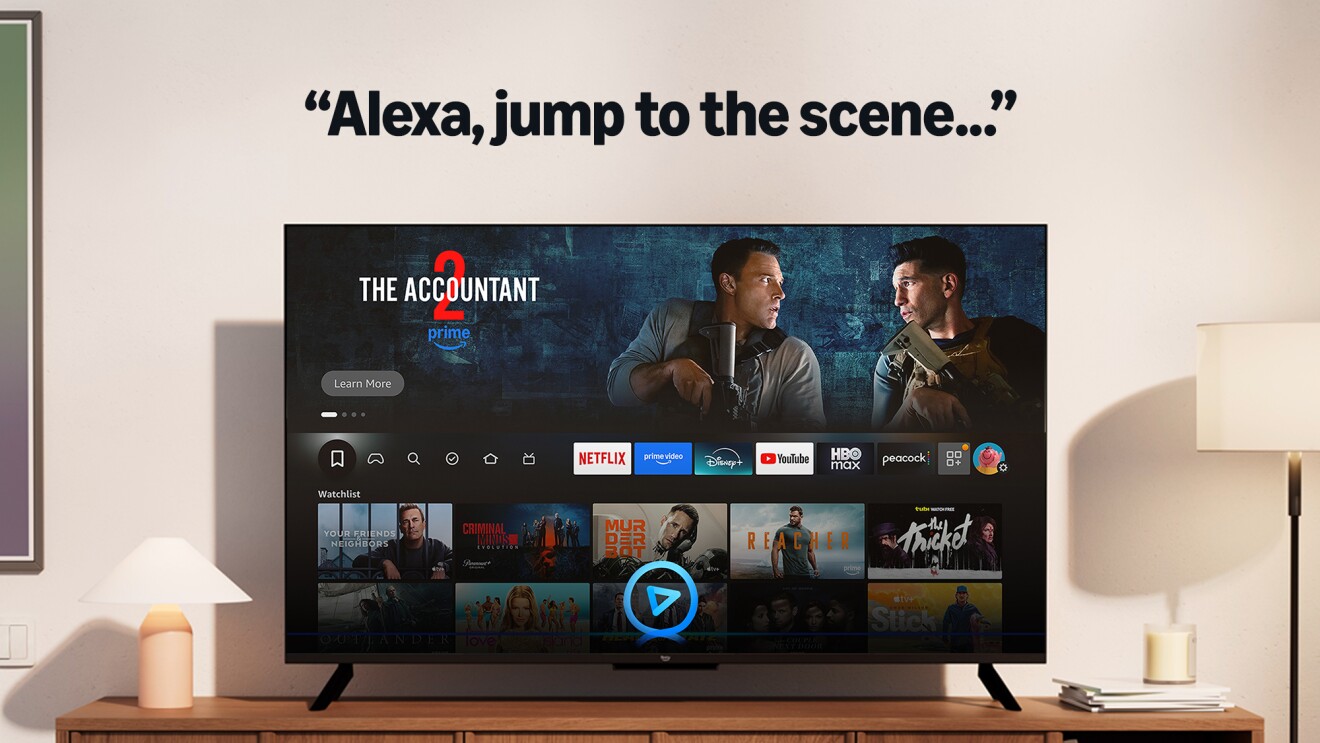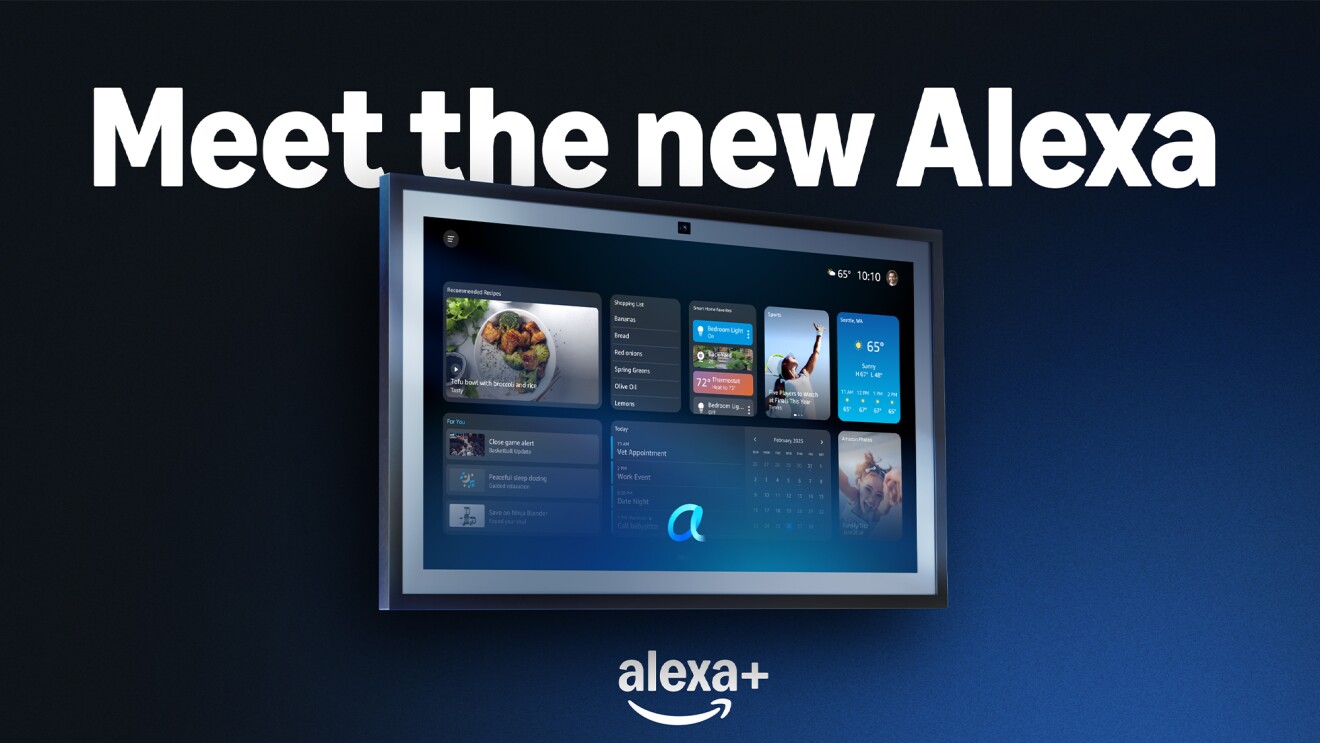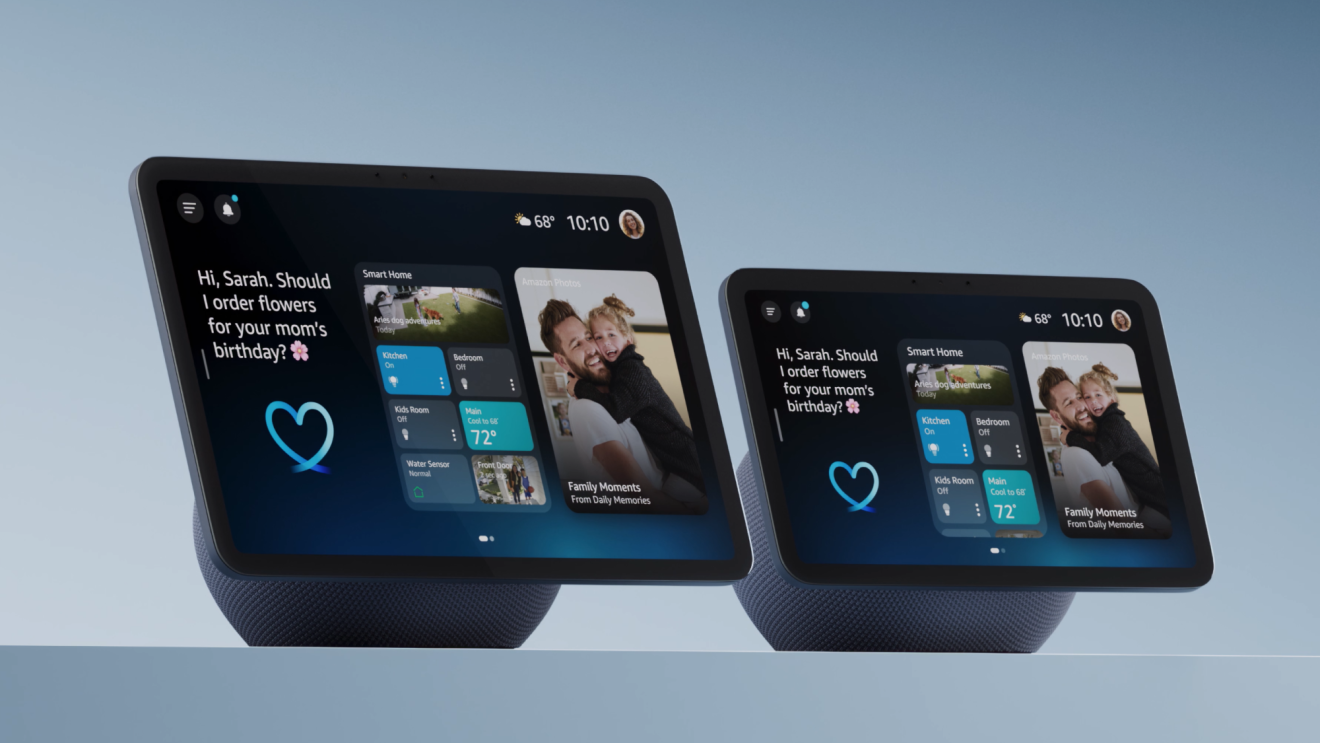Since launching Amazon Sidewalk, Amazon has seen the network rapidly grow in residential areas nationwide, helping customers’ devices work harder inside homes, outside in the yard, and around the neighborhood. But the benefits of Sidewalk can extend even further, which is why we’re announcing Amazon Sidewalk Bridge Pro by Ring, a new professional-grade bridge for businesses, municipalities, universities, and public services.
This new device enables organizations to address problems created by limited connectivity, which is why we’re also launching two new pilot programs—the first with Arizona State University to benefit smart cities research and the second with Thingy to help first responders fight wildfires.
Empowering organizations with Amazon Sidewalk
Rolling out with select organizations in collaboration with Amazon, Amazon Sidewalk Bridge Pro will provide Sidewalk connectivity to devices like sunlight sensors, air quality indicators, and moisture sensors in places like commercial centers, parks, and wilderness areas.
This new bridge device is optimized for longer range and greater capacity. It also has a ruggedized housing to withstand outdoor conditions and comes with the option to add indoor or outdoor antennas. Amazon Sidewalk Bridge Pro can be installed inside or outside and simultaneously connect to hundreds of devices over 5 miles away,* while also delivering multiple layers of privacy and security protections built in to Sidewalk.
 Amazon Sidewalk Bridge Pro by Ring featuring indoor antennas.
Amazon Sidewalk Bridge Pro by Ring featuring indoor antennas.Arizona State University tests Amazon Sidewalk Bridge Pro by Ring on its campus
One of the first organizations to begin testing with Amazon Sidewalk Bridge Pro is Arizona State University’s University Technology Office (UTO). In a proof-of-concept with Amazon, UTO will explore how the new professional-grade bridge can help on-campus connected devices—like sunlight sensors, temperature sensors, CO2 detectors, and particle counters—stay connected while providing data used by university faculty researchers to improve smart campuses and smart cities.
UTO will install Amazon Sidewalk Bridge Pro devices on select blue light poles on the university’s Tempe campus. While maintaining their primary function as emergency stations for faculty and students, the blue light poles will offer strategic positioning and the built-in internet access needed for Amazon Sidewalk Bridge Pro devices to broadcast Sidewalk over long distances.
Through this pilot, Arizona State University intends to extend the range of connectivity for its on-campus IoT devices, while freeing up the university’s Wi-Fi for high-bandwidth activities like remote learning, video conferencing, online research, or streaming.
“Exploring sustainable and long-term solutions plays a critical role in advancing our smart technology initiatives, both on campus and within the community,” said Bobby Gray, the University Technology Office’s director of Digital Transformation. “The university is unique in that it is a space that encourages new ideas and disruptive technologies to be developed, tested, and iterated upon quickly. Our goal is to deploy and test Amazon Sidewalk Bridge Pro to bring smart solutions, like those fitted to the blue light poles, to campus at scale and lower costs.”
Thingy and Sidewalk team up to combat wildfires
Amazon is also kicking off a new proof-of-concept with Thingy, a company that makes air quality monitoring systems, to provide critical information about wildfires to first responders. Since 1983, the U.S. has experienced an average of 70,000 wildfiresper year, according to the U.S. Environmental Protection Agency (EPA).
In response, engineers and firefighters developed Thingy’s air quality systems, Thingy AQ, for the EPA’s “Wildland Fire Sensors Challenge.” Thingy AQ systems are lightweight and deployable in wilderness areas to measure air pollutants, air temperature, humidity, and geo-location data. First responders can use that information to make informed and quick decisions about how to combat wildfires, model smoke movement, and protect people and property.
Wildland and bush fires often occur in areas that lack communications infrastructure. Given the limitations of Wi-Fi and cellular data in these areas, Thingy will begin testing with Amazon Sidewalk Bridge Pro using LoRa (Long Range) telemetry to transmit data to and from Thingy AQ. This effort is expected to significantly increase connectivity for Thingy AQ and help protect public lands, homes, vineyards, and farms from catastrophic damage.
“We designed Thingy AQ for very remote locations, where power efficiency and range were critical for fire ground operations, and have been using LoRa since day one,” said Scott Waller, CEO and co-founder of Thingy. “Amazon Sidewalk Bridge Pro brings us the power of LoRa in a massive number of needed locations, easy integration with our existing applications in Amazon Web Services, and trusted security for the devices and applications. We are very excited to work with Amazon Sidewalk to measure air quality and wildfires with our sensors and help solve the connectivity challenges for these critical applications.”
 Photo by Thingy
Photo by ThingyBuilding ubiquitous connectivity for all
This is only the beginning of our long-term vision to provide low-cost, ubiquitous connectivity for billions of smart devices. Amazon Sidewalk Bridge Pro by Ring and our continued expansion of community-based collaborations are helping us expand the benefits of Amazon Sidewalk beyond homes and neighborhoods, and empowering organizations nationwide to get involved. Learn more about Amazon Sidewalk and its benefits in and around the home.
Additional resources
*Range of Amazon Sidewalk Bridge Pro by Ring varies depending on installation height, terrain, environmental conditions, and surrounding obstructions like buildings or trees.
Note about Amazon Sidewalk Bridge Pro by Ring: This device has not been authorized as required by the rules of the Federal Communications Commission. This device is not, and may not be, offered for sale or lease, or sold or leased, until authorization is obtained.
Trending news and stories









